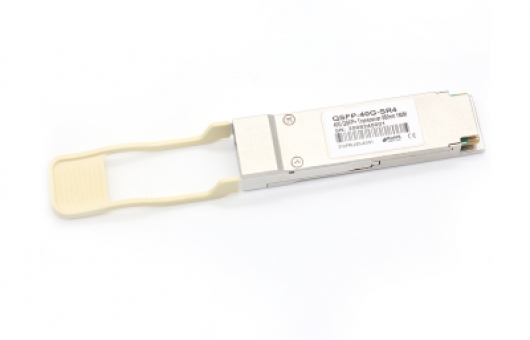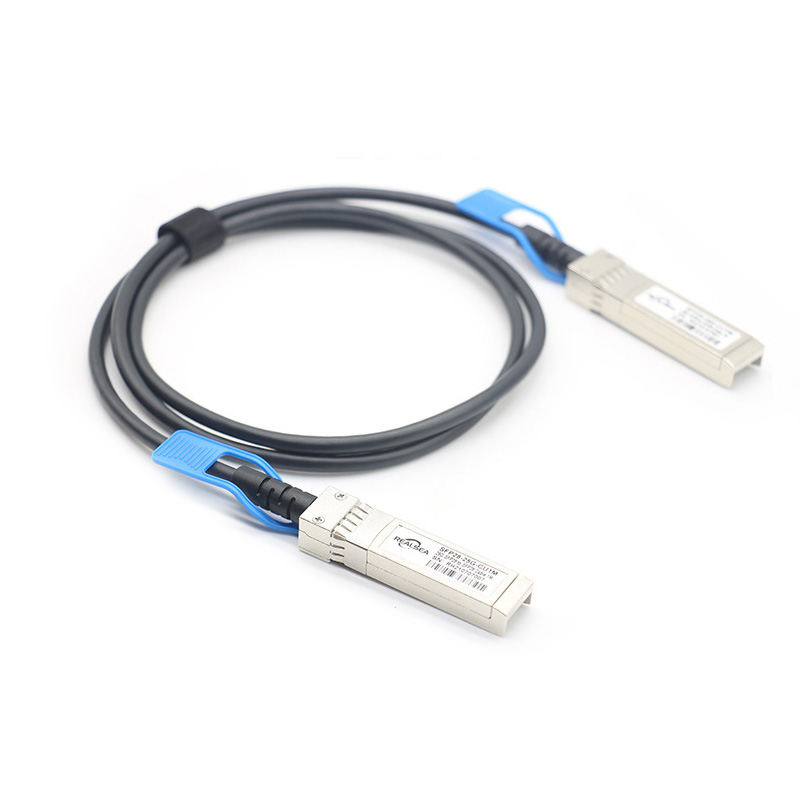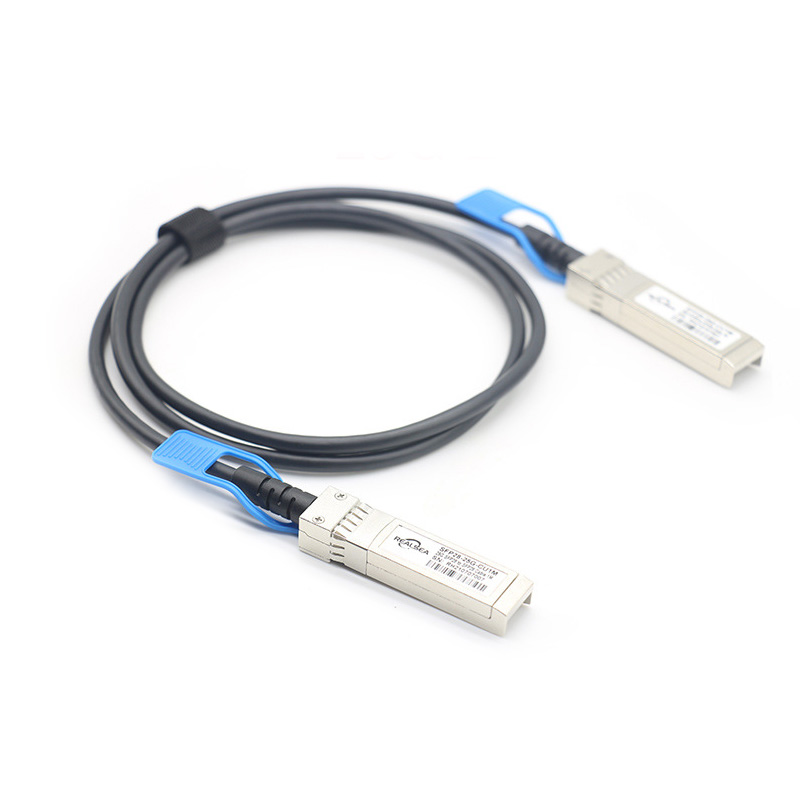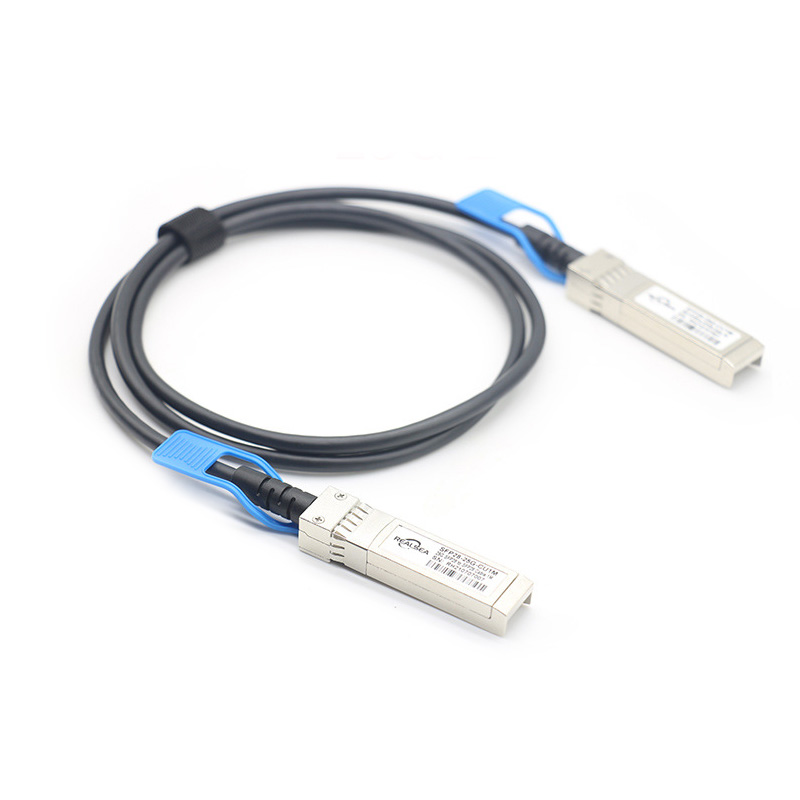Release Date: Sep 23,2022

After decades of development, the video optical transceiver has moved from the analog optical transceiver based on frequency modulation technology to the digital technology era, and the prospect is relatively objective. However, there are also some problems, such as uneven quality, obvious differences in service water, and the lack of technical capabilities of most small factories, resulting in poor product stability or technical defects. This article will briefly discuss these phenomena.
In a large number of engineering applications, users often encounter various problems in the process of installation and debugging. In addition to the quality problems of optical transceiver products, most of the problems customers often face come from optical and data sources. Due to the diversity of data formats, and problems in the data line connection process often lead to problems in the final transmission. At the same time, due to the requirements of fine optical devices and connections, the on-site link loss is greatly increased or even no light is often caused by unclean connection links or broken ceramic rings, and construction personnel often do not have the necessary optical test instruments, thus increasing the occurrence of faults. , and there is no solution to the problem.
With the continuous maturity and improvement of technology, domestic optical transceivers are also constantly improving in function and performance. In addition to regular functions, some technical points are also constantly evolving. For example, the AGC function of video, which was previously only seen in imported high-end video optical transceivers, is a practical function of security monitoring optical transceivers. The function of AGC (automatic gain control) is to automatically monitor the amplitude of the input video signal, adjust the gain dynamically, and finally output a standard 1Vp-p video signal in the receiver. In the project, the distance from the camera to the optical transceiver is often very discrete, ranging from several meters to hundreds of meters, so the cable length leads to a large dispersion of signal attenuation at the input of the optical transceiver. If the gain and frequency compensation is not performed, the transmission The brightness, contrast and clarity of the signal to the input of the optical transceiver in the monitoring center will vary with the length of the cable. In domestic products, it has been seen that some manufacturers provide AGC as a standard functional configuration in optical transceivers to customers, which improves the quality of monitoring images to a certain extent.
Lightning protection design is also an important issue for today's optical transceivers to enhance the function. As an important reason for the failure of optical transceivers, lightning has always troubled users and engineers. Therefore, how to improve the lightning protection capability of the optical transceiver during the design, manufacture and installation process is a technical content that needs to be continuously researched and improved. From a technical point of view, most of the optical transceiver manufacturers only place simple discharge tubes or TVS tubes on the data port for lightning protection due to technical capabilities or attention, which cannot actually solve the problem of lightning protection. Lightning protection needs to be considered on all external interfaces of the optical transceiver, not only data, but also all external interfaces such as video and audio. Otherwise, lightning often invades the equipment from the weakest link of protection, causing equipment damage. At the same time, as the data port that is most vulnerable to lightning strike, it is often necessary to form a multi-level complete lightning protection combination circuit with discharge tube, TVS tube and resettable fuse to effectively improve the lightning protection capability of the device port. In the construction process, the ground terminal provided by the lightning protection equipment must be reliably grounded to provide an effective discharge circuit for lightning current, so that the lightning protection device can play a role in lightning protection. Otherwise, the best lightning protection equipment will not be able to truly Play a lightning protection effect.
Telecom has become the largest system integrator of security system equipment. For the needs of standardized system management, the network management function has also become an important function and must be selected as an optical transceiver. The functions and contents of network management are also obviously different due to different manufacturers, and optical transceiver manufacturers need to continuously improve and upgrade. In terms of multi-service support, optical transceivers have been mainly video, audio and data transmission from the earliest, and have now been extended to support communications and other multi-service platforms including telephone, Ethernet, E1, intercom, etc., but many products support multiple At the same time of business, there are no small differences in stability and quality, and even serious technical defects, which still need continuous improvement and progress.
With the rapid development of the optical transceiver industry, it is also accompanied by the competition of technical solutions, the most important of which is the competition of network video solutions. There is often a saying among users that network video is equivalent to digital video technology, and optical transceivers are equivalent to analog video technology. Therefore, now is the digital age, and analog technology has fallen behind. It should be the era of digital video technology. Purely from analog technology and digital technology, digital technology represents the direction of signal processing and application, which is correct. But in fact, no matter the current digital video optical transceiver, video server or codec are digital video processing equipment, the common feature is that the video input and output interface are all analog signals; in addition to the interface, all the internal processing is Digital signals, whether for transmission or other processing. The only difference between the two is that the digital video optical transceiver is an uncompressed signal and the video server or codec is a compressed video signal, which makes it easier for users to understand the actual situation in different technical solutions, and at the same time, it is convenient for users to understand the actual situation in different technical solutions. Make the right choice without being misled by digital and analog concepts. When the user has sufficient optical fiber resources and emphasizes the need to pay attention to image quality, uncompressed video signal transmission is the best choice.

25G SFP28 DAC is a 25GBASE-CR direct attach copper cable for data center environment. It provides a high speed, cost-effective alternatives to fiber optics in 25GbE Ethernet applications.

fiber pigtail is typically a fiber optic cable with one end factory pre-terminated fiber connector and the other exposed fiber.

This Article just briefly overviews 10G and 25G Ethernet (25Gb) technologies, focusing on the SFP+ transceiver and SFP28 transceiver.